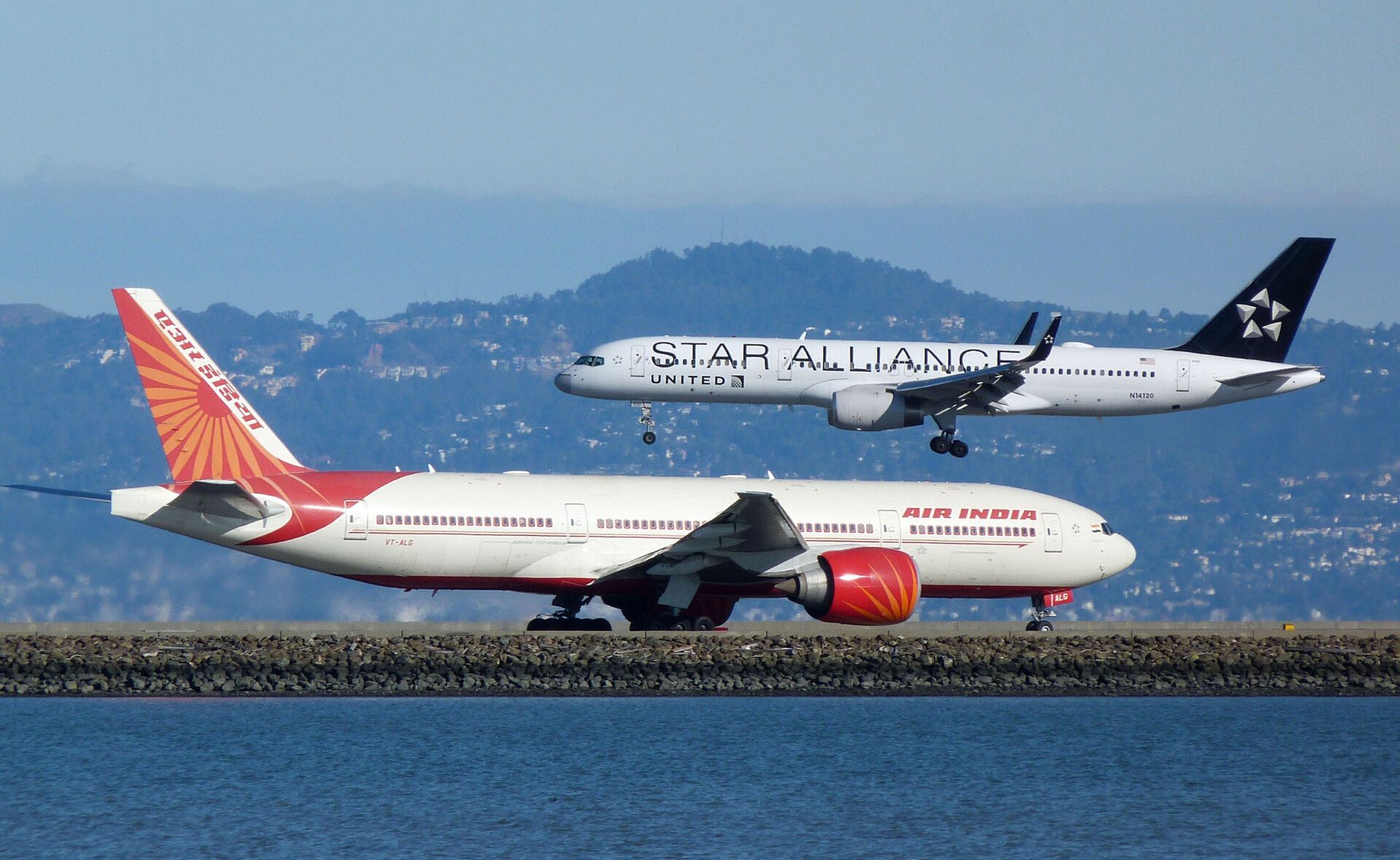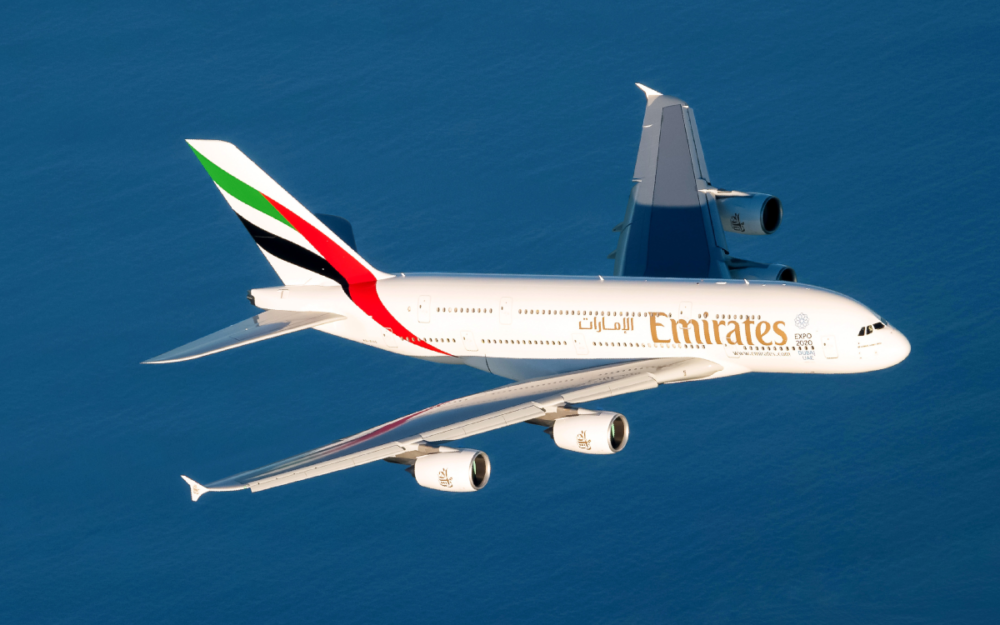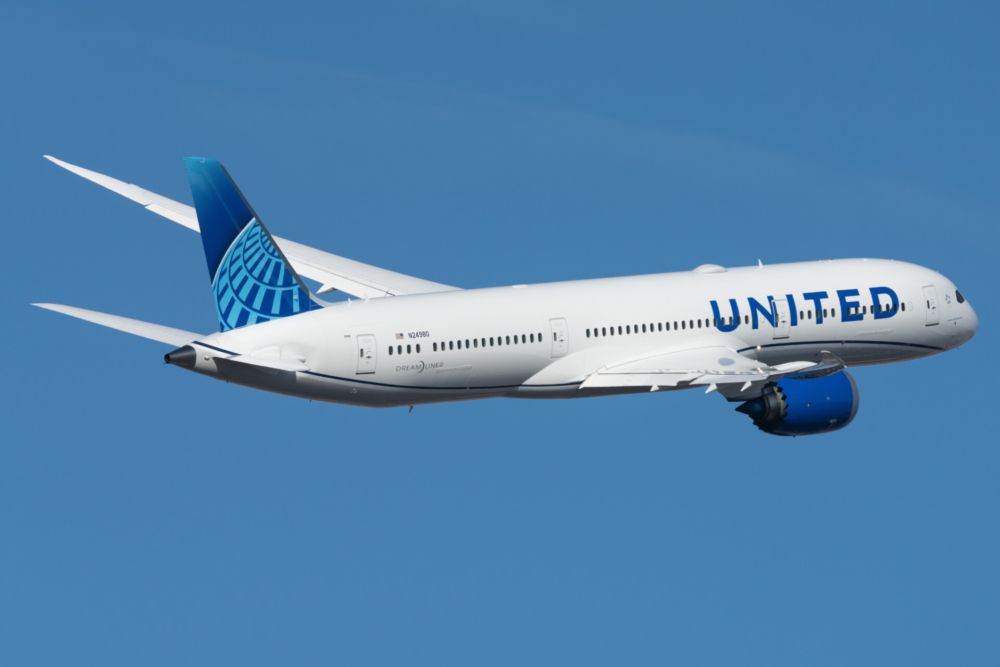After 20 months of restrictions, India is finally allowing the resumption of scheduled international flights. Starting December 15th, India will lift the ban on regular international flights and reinstate bilateral flight rights. However, things won't be the same just yet, with some restrictions still on due to the pandemic. Let's find out more and how this will impact travelers.
Back in action
On Friday, the Directorate General of Civil Aviation (DGCA) announced that India would lift its scheduled international flight ban with effect from December 15th. This brings an end to the 21-month long suspension on flights since March 19th.
However, the end of the ban does not mean everything is back to normal. The Indian government will restrict flights from high-risk countries, and those that have signed a "travel bubble" with India in the last year will have greater capacity. Here's the new system:
- Category A - High-risk + travel bubble country: 75% of pre-COVID capacity of Indian or foreign airlines OR at least 7 weekly frequencies.
- Category B - High-risk + no travel bubble: 50% of bilateral flight rights or 50% of pre-COVID capacity of Indian or foreign carriers, whichever is more.
- Category C - Low-risk country: Full capacity under previous bilateral agreements.
Currently, the Ministry of Health and Family Welfare has designated the following countries as high risk: All European countries (including the UK), South Africa, Brazil, Bangladesh, Botswana, China, Mauritius, New Zealand, Zimbabwe, Singapore, Hong Kong, Israel.
The new system aims to balance airlines and passenger needs with disease control. The return to 50, 75, or 100% capacity will be a massive boost to airlines, giving them back control of schedules. Expect to see many airlines ramp up their India schedules next month as the holiday season comes closer.
Stay informed: Sign up for our daily and weekly aviation news digests.
Passenger rejoice
For passengers, the changes are huge. The biggest benefit will be the return of connecting flights. While Indian nationals were previously barred from taking one-stop flights (unless from Africa or South America) to their destinations, this requirement will now be scrapped. Now, passengers are free to book any airline of their choice.
This will most importantly allow ticket prices to fall in value. Earlier this fall and now in December, passengers have seen ticket prices jump astronomically due to the government's limiting of flight options. After December 15th, travelers can opt for cheaper flights thanks to connections or additional capacity.
Normalcy
After two years of disruptions, Indian aviation is finally coming close to normalcy. The lifting of capacity limits in the domestic market and easing in international flights means airlines can chart their own recovery. However, the world is battling a new COVID variant, which hopefully does not derail the hard-won progress in the last year.
What do you think about India's decision to restart international flights? Let us know in the comments!



